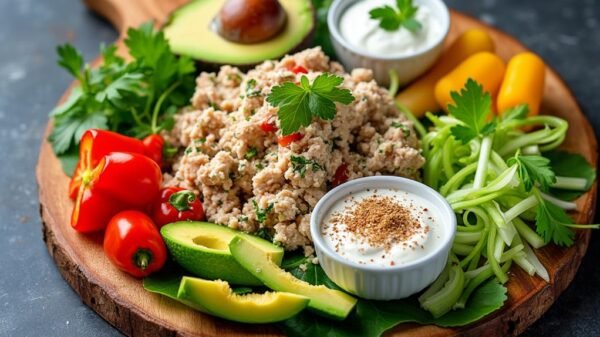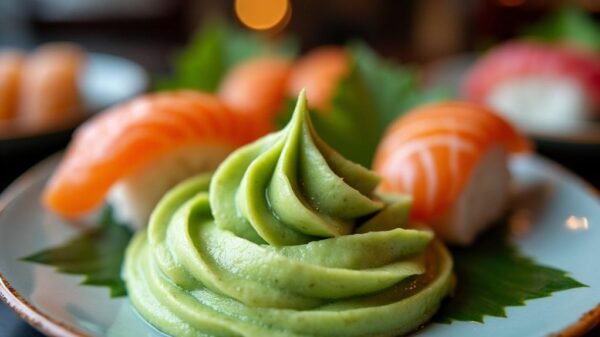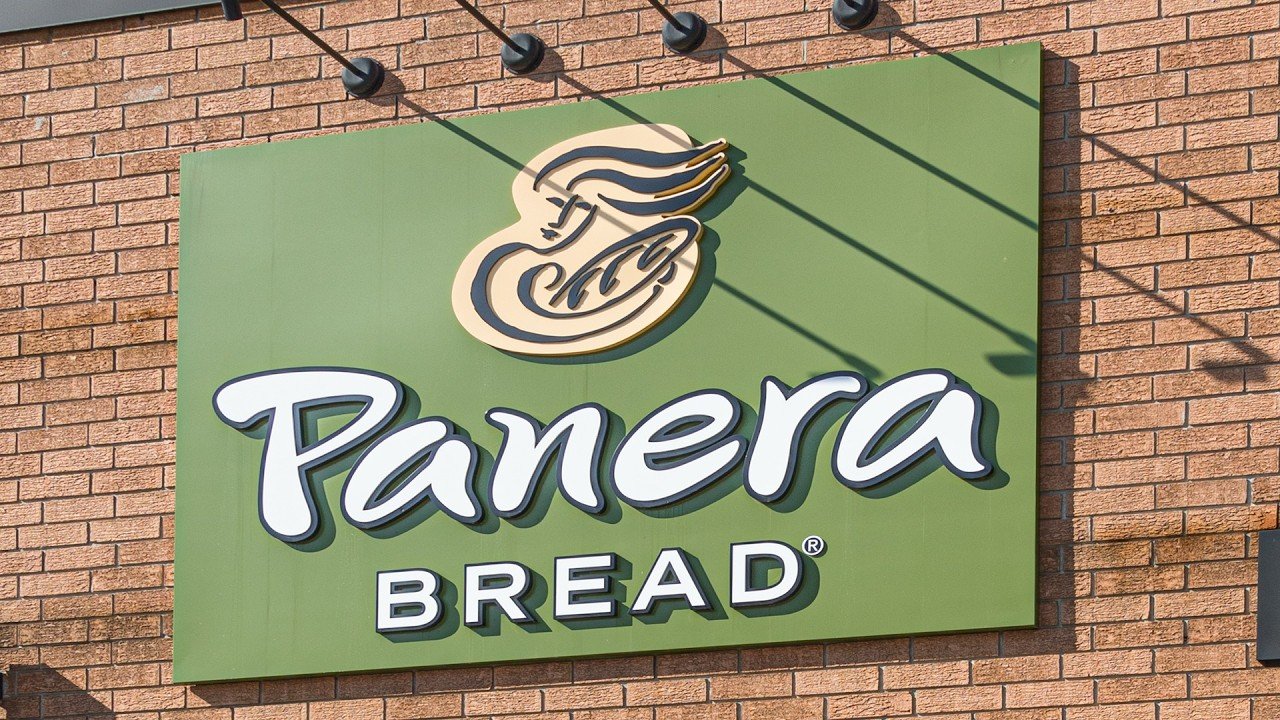Panera Bread’s Commitment to Clean Ingredients: A Closer Look
Panera Bread has gained popularity as a fast-casual chain that proclaims a dedication to fresh, clean ingredients and animal welfare. The company has long marketed itself as a healthier alternative to traditional fast food, promoting products that reflect these values. However, recent reports suggest that Panera might be backpedaling on its initial commitments. This raises important questions about the transparency and integrity of its food sourcing and preparation practices.
The Clean Image vs. Reality
Panera’s brand reputation hinges on its clean ingredient pledge, which promises customers that their meals are free of artificial ingredients and preservatives. This commitment was part of a broader industry trend toward healthier eating options, where consumers increasingly demand transparency from food brands. Yet, despite this commitment, some recent menu items and practices seem to contradict that image.
One notable example is the menu’s inclusion of older items that might not align with the company’s supposed freshness philosophy. Many customers have reported receiving food that appears to be yesterday’s leftovers, which challenges the brand’s narrative of serving only the freshest options. The expectation of quality that customers place on Panera is directly tied to its promise of clean eating, making any deviation from this standard noteworthy.
Ingredients: Clean Doesn’t Always Mean Healthy
While Panera emphasizes a clean ingredient list, it is crucial to understand that "clean" does not necessarily equate to "healthy." The chain’s high-calorie offerings, such as their macaroni and cheese, are often laden with sodium and fat, which can undermine health objectives. While the ingredients may be fresh, the nutritional content of some items raises questions about the overall health impact on consumers.
For instance, Panera’s famous macaroni and cheese is well-loved but is not exactly a health food. The lack of substantial nutritional information on the menu can leave customers feeling confused about what they are truly consuming. This combination of clean ingredients but less healthy outcomes highlights a disconnect that some patrons may find troubling.
The Menu and Its Contradictions
Amid the emphasis on fresh, clean meals, Panera has introduced ready-to-eat meals that prioritize convenience over quality. While the idea of quick meals is appealing, the focus on speed sometimes results in compromises regarding ingredient handling and freshness. The company’s love for packaged items can lead to perceptions of decreased freshness, further undermining their image as a provider of healthy fare.
Reports of soups being reheated and served beyond their prime only add to consumer skepticism. When meals are not prepared in-house daily, it contributes to a less-than-fresh experience. This inconsistency can detract from customer loyalty and trust, especially in a market that increasingly favors transparency.
Consumer Reactions and Brand Integrity
Customers want to support brands that align with their values, including animal welfare and sustainable sourcing practices. Panera’s commitment to these principles initially garnered positive reactions. However, as discrepancies surface, consumer trust begins to erode.
Critics question whether the company’s marketing message is consistent with its operational realities. As customers become more informed about where their food comes from, it puts pressure on brands to uphold their ethical promises. Failing to meet these expectations could lead to a decline in sales and brand loyalty, especially as competitors emerge with clearer commitments.
Closing Thoughts
Panera Bread has positioned itself as a leader in the fast-casual dining segment through a commitment to clean eating and responsible sourcing. However, recent revelations challenge the integrity of this image. As the food landscape evolves, Panera must address discrepancies between its marketing and actual practices. Balancing consumer expectations with operational realities will be crucial for the brand’s future success in an increasingly conscientious marketplace. Ultimately, remaining transparent about its ingredient sourcing and food preparation methods may be the key to maintaining the trust of its customer base.






































